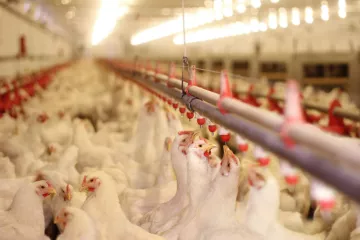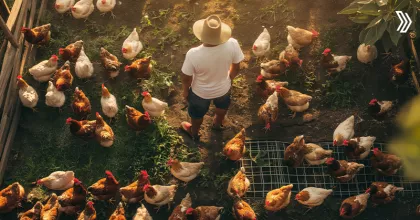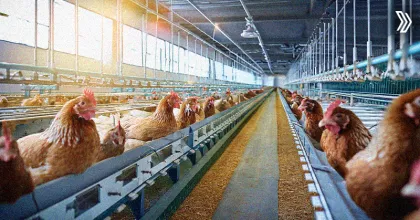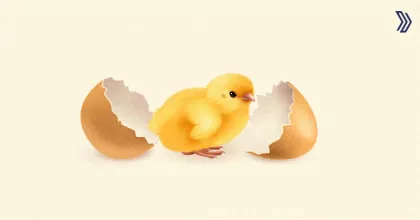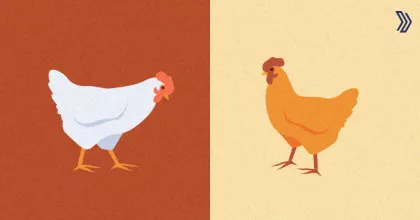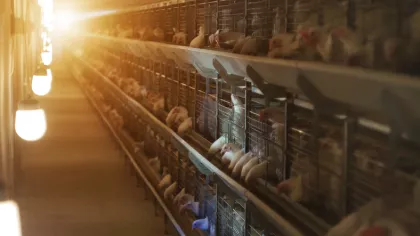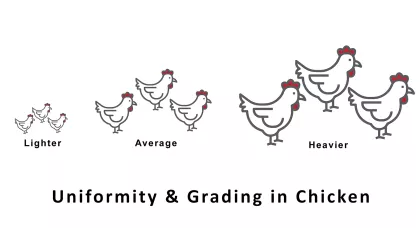The Poultry industry has seen many challenges to meet the rising consumer demands. Learn about the latest tech trends contributing to meeting the many requirements of the poultry industry.
Published 24 Aug 2022
Poultry Trends & Technologies Shaping the Future of the Industry
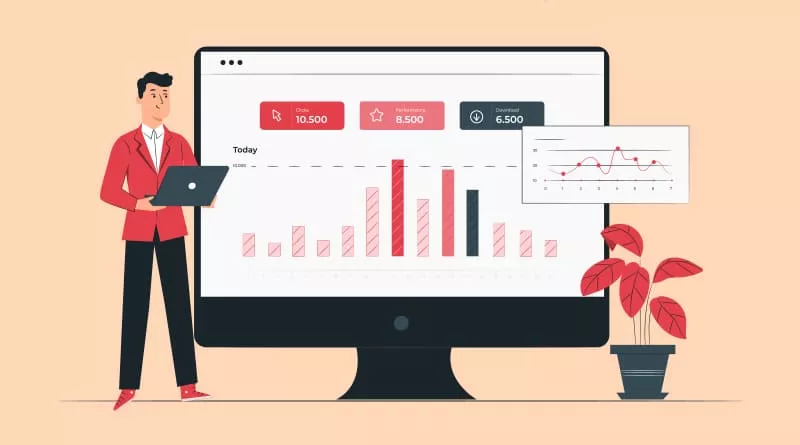
Growth in poultry farming has been relentless. From the ongoing changes in lifestyles in general and eating habits in particular, the poultry industry is poised to benefit. Additionally, egg consumption continues to grow as well because eggs are inexpensive, mild-tasting and easy to process and include in other foods.
However, poultry farm owners around the world find it difficult to meet the raising demands owing to a plethora of problems which include inefficient planning, bad production practices and Now this makes us question the productivity of the poultry farms and what would help increase the efficiency of the overall production
- From a production standpoint, individual real-time body weights, feed and water consumption.
- From a husbandry and welfare perspective, knowing the stress levels in the bird and bird comfort assessed through body temperatures and air quality factors, such as carbon dioxide and ammonia.
- From a disease management outlook, the ability to spot disease or find morbid birds before the entire flock is affected.
- From a food safety perspective, enhanced Salmonella, Campylobacter and E. coli detection.
- From a food processing perspective, increased yield.
Let’s discuss some of the novel technologies in the current marketplace that will help improve productivity and shape the future of the poultry industry.
Using Robots for the dirty work!
One of the most practical applications of digital technology in the poultry industry is that of robots. There are a multitudinous number of repetitive tasks that robots could assist with. Poultry houses require nearly constant attention - cleaning and sanitizing, collecting eggs and checking birds. This is time-consuming, monotonous work, but it would not bother a robot. Additionally, robots are more precise, thorough and honest about the work they do compared to their human counterparts. An article by Benjamin Ruiz also points out how robots can help from a human welfare standpoint.
Sensors make life easy for the poultry owners!
Sensors probably represent the easiest of the technologies to implement. This is partly due to lower implementation costs, but also because the benefits are immediately recognised. Sensors play an important role to regulate and control the climate in the house, including ventilation and temperature.
Sensors are also used to create a consistent lighting environment that stimulates better growth efficiencies in birds and also reduces costs.
Artificial intelligence (AI)
AI technologies have become the backbone of many other technologies. Robots, for example, use AI in the processing plant to improve efficiency.
Another important application of AI as a technology is in projecting or planning the production in a poultry farm. For example, Livine’s AI powered production planner considers the various standards and historic data to accurately project production, arrive at costs and break even points.
Internet of things (IoT)
The internet of things plays a major role in improving the overall efficiency of the poultry farm as it connects all the other technologies to create a tech driven environment.
Advantage of Cloud & Big Data
As more information on animals is being collected, it becomes clear that poultry owners are learning how to manage vast amounts of data as much as they previously understood how to manage their animals. “Farming the data” to predict an individual animal’s growth requires the ability to interpret “big data.”
The below image shows how Livine’s poultry management software helps monitor and track data at every phase in a poultry processing farm.
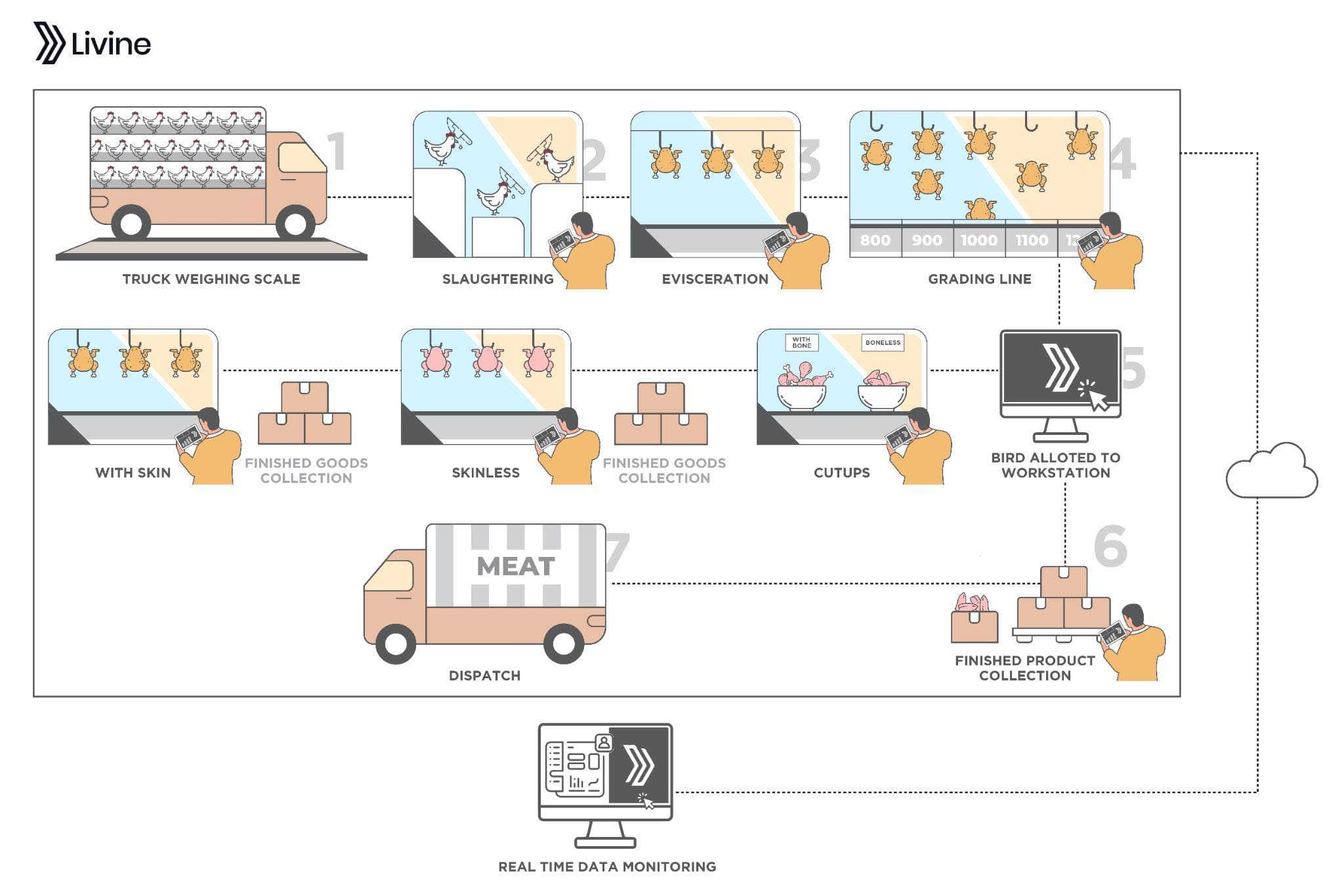
The ability to use cloud storage to store and access all the data related to a farm and access it anywhere anytime provides an added advantage to the farm owners who can track, monitor and improvise the various factors affecting the efficiency of their farm.
Let's connect to map out a flexible management system aligned to the future.
It is projected that the world poultry production will increase 120% from 2010 to 2050. In order to meet this demand, feed conversion ratios and other production efficiencies must continue to improve. The incorporation of digital technologies, integrated with poultry management softwares, will greatly aid in these efficiencies and help poultry producers to rise to the demands and meet the increasing needs of a global population.

